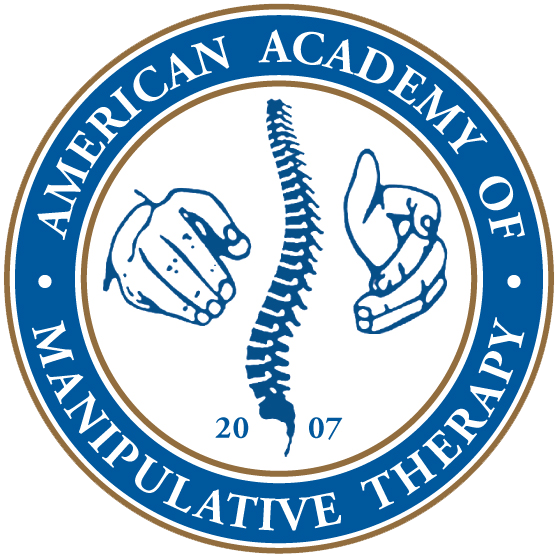DN-2: Dry Needling for Lumbopelvic & Lower Extremity Conditions: an Evidence-Based Approach (Part 2 of the Certification in Dry Needling®)
No prerequisites are needed for this three-day 27-hour dry needling course; however, registrants must be a licensed PT (or 3rd year DPT student), ATC, DC, MD, DO, NP, PA, OT, or acupuncturist in their respective state or country. Certification in Dry Needling® (Cert. DN) will be awarded upon successful completion (i.e. written and practical examination) of both the DN-1 & DN-2 dry needling courses, giving 54 hours of hands-on dry needling education in total. All dry needling courses are approved by FSBPT (ProCert), BOC (Category A CEUs), APTA, TPTA, FPTA, and the respective State PT Board. Note: DN-2 may be taken before DN-1 as each course covers different bodily regions.
Participants will learn superficial and deep dry needling techniques for the treatment of lumbopelvic and lower extremity musculoskeletal conditions. This course does include, but is not limited to, dry needling of taut bands of muscle (i.e. trigger points) as originally introduced by Travell & Simons. That is, peri-neural needling and needle puncture of tendons, ligaments, musculotendinous junctions, teno-osseous junctions, and bone (“periosteal pecking”) will also be taught as essential components of musculoskeletal needling practice. More specifically, peri-neural and peri-vascular dry needling will be instructed for the purpose of improving microcirculation and disrupting fibrosis in chronic neurogenic pain syndromes. Dry needling is certainly a lot more than sticking needles in trigger points!
Dry needling will be taught within the framework of western musculoskeletal diagnoses, not within the theoretical framework of traditional Chinese medicine (TCM), and not for the purpose of altering the flow of Qi or energy along traditional Chinese meridians. More specifically, the participant will learn evidence-based guidelines, recommended “point” locations, and dosages for the use of dry needling in the treatment of specific neuromusculoskeletal conditions (not just individual muscles!) including: mechanical low back pain, multifidus dysfunction, primary piriformis syndrome, acute lumbar radiculopathy (“sciatica”), hip dysfunction, knee osteoarthritis, patellofemoral pain syndrome, medial collateral ligament injuries, “shin splints”, ankle “sprains”, Achilles tendinosis, and plantar fasciitis. In addition, the most recent evidence underpinning the mechanical, hypoalgesic (central, segmental, peripheral), neurophysiologic, chemical, and hormonal effects of dry needling will be presented.
Brain imaging studies have demonstrated that dry needling of “key” distal points (not trigger points), that are not “onsite” with the patient’s symptoms, stimulates the descending pain inhibitory systems or cortical areas of the brain that are involved in pain control. Furthermore, much of the literature that “dry needling” draws from uses the term “acupuncture” in its title, and many of these studies have used both traditional acupuncture points and myofascial trigger points in their treatment regimes. Thus, a foundational knowledge of the nomenclature and the location of several key traditional acupuncture points will be taught on this course to help the clinician understand and interpret the existing biomedical acupuncture and dry needling literature within the context of neuromusculoskeletal conditions. However, this course in dry needling does not constitute training, of any kind, in the practice of traditional Chinese acupuncture or Oriental Medicine. More specifically, this course does not teach participants to needle acupuncture points within traditional Chinese meridians.
For the management of lumbopelvic and lower extremity pain syndromes, dry needling will be taught as one part of the treatment package, but not the only part. That is, there is high-quality evidence that spinal manipulation has a clinically relevant effect on pain and disability in patients with acute and chronic low back pain (Rubinstein et al, 2011; Standaert et al, 2011; UK BEAM Trial, 2004); furthermore, patients with low back pain who do not receive lumbopelvic HVLA thrust manipulation as part of the treatment package are 8 times more likely to experience a worsening in disability than those patients who do receive spinal manipulation (Childs et al, 2007). Additionally, HVLA thrust manipulation of the sacrum has been found to increase the strength and basal tonus of the pelvic floor muscles (Almeida et al, 2010); and sacroiliac joint manipulation has been shown to improve the feed-forward activation timing of the transverse abdominus muscle (Marshall & Murphy, 2006).
Nevertheless, within the emerging literature, the combination of spinal manipulation and dry needling is showing the most promise for “best practice” models in a variety of musculoskeletal conditions. This is the “Osteopractic” approach in essence—the combination of spinal manipulation (SMT-1, SMT-2, SMT-3 & SMT-4), extremity manipulation (EMT-1), and dry needling (DN-1 & DN-2) for the evidence-based treatment of neuromusculoskeletal conditions.



